The Roar-ing 1920s: Trends and culture to revive and reject in the 2020s
Art deco has become a landmark of the 1920s aesthetic.
As the 2020s approach, many are looking back on the 1920s, reflecting on the trends and mindsets of the decade. According to this reporter, here are three aspects of the 1920s to bring into the new decade, and three to leave in the past.
REVIVE:
1. Fashion: In the 1920s, simplicity and comfort were favored in fashion, allowing for an array of liberated female designs. Dress hemlines grew shorter with less layers, corestry was replaced by loose undergarments, and the common silouhette became androgynous. Although many women’s dresses were decorated with ornate beading to emulate the popular stage performance flapper dresses of the time, their construction still followed the drop waist and knee-length hemlines, which created a significantly more comfortable silhouette than the “Gibson Girl” look of the previous decade. Men’s clothes were also simplified, moving from three-piece suits to soft collared-shirts and two-button suits. Also, most clothing was made specially for the individual out of natural materials, with ready-made clothing very rare or reserved for the wealthier classes. This is significantly better than the waste of the fast-fashion industry of today. The fashion of the 1920s was environmentally-friendly, elegant and comfortable and should definitely replace the wasteful and “one size fits all” garments offered at stores like Brandy Melville and Supreme.
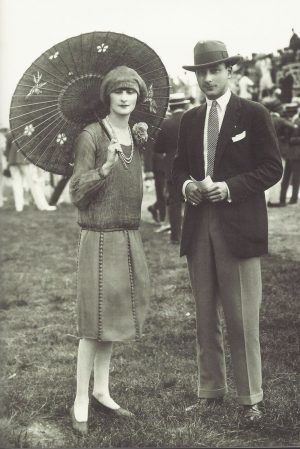
2. Slang: While some of the slang from the 1920s was racist, homophobic, misogynistic and overly sexual, there are certain phrases that are objectively fun to say and sound more articulate than today’s colloquialisms like “hella” and “bruh.” Instead of “catching feels” we could be “dizzy with a dame,” or we could replace words like “slaps” with “the bee’s knees.” “Getting the icy mitt” could describe heartbroken people, or we might be asked by a friend to “spot a few clams” at the vending machine. Excluding the offensive slang, colloquialisms of the 1920s provide a more colorful means of expression.
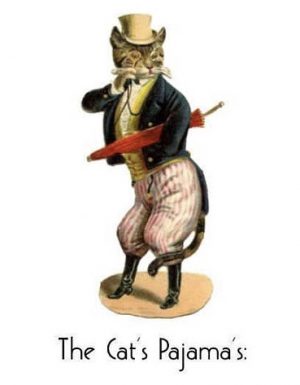
3. Jazz music: The repetitive and superficial messages of the majority of today’s music takes away from the innovative and inspiring way music used to be produced. The purity of music has been stripped away with autotune and editing replacing the true talent that was necessary to create music in the past. Jazz has a rich cultural history that can be felt in its music. Pioneers like Louis Armstrong and Jelly Roll Morton used their talent and societal experiences to create a radical new sound that was previously unknown to the world. Besides the meaning of the genre – that isn’t apparent in most of today’s pop music – the sounds of jazz are so uplifting. A swinging and romantic feel embodies the music. In the coming decade, artists should look back a century and get inspired by the innovative sounds of jazz.
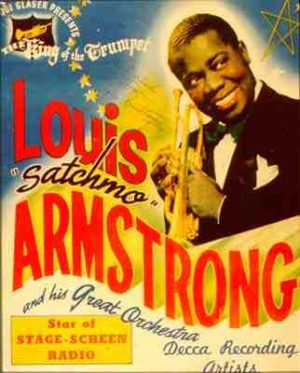
Louis Armstrong was a pioneer of jazz music.
REJECT:
1. Racism: The segregation of black and white people in America was as prevalent as ever in the early 20th century. During the 1920s, Jim Crow laws were in full effect, with schools and public facilities segregated by race. The general societal norms were structured and oppressive. Today, while clear prejudice still exists, there have been massive strides in securing the legal and social rights of the African-American community. People of color have been rising in political and social standings, from the first black president to the increased diversity of 2019 Oscar winners. While there have been clear steps toward equality, intense racism does still exist in many parts of the world. Coming into the new decade, we need to recognize our progress from a century ago and understand the steps we still need to take towards equality.
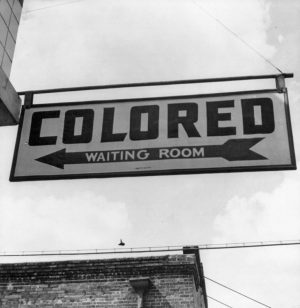
2. Prohibition: In October 1919, the Prohibition Act was passed in the United States, and the manufacturing and selling of alcohol became illegal. Understandably, a great increase in smuggling and other unlawful ways around the amendment grew. Secret brewing and unhealthy alternatives like “bathtub gin” became popular. The latter resulted in over 10,000 deaths, according to History.com. This restriction on a widely-consumed substance only created more problems. In the 2020s, we need to forget unnecessary restrictions like this and instead introduce legislation on more pressing and harmful issues like the misuse of firearms and the opioid epidemic.
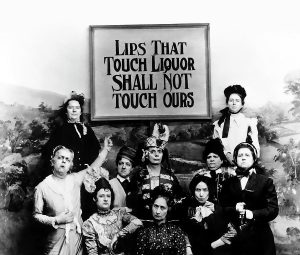
The temperance movement became the driving force behind the legislation of prohibiton in the 1920s.
3. Fascism: During the interwar period, ideas from growing powers in Europe, such as Germany and Italy, made their way to the United States. Fascist groups in the U.S. promoted violence against non-white races and followed excessive nationalism. The ideologies of facist groups in the 1920s were extremely exclusive and utopian. The 2010s have seen a great influx of inclusivity and appreciation of other cultures. Still, in more recent years, there have been resurgences of this exclusion. For example, a year after President Donald Trump’s election, a group of white supremacists and neo-Nazis held a “Unite the Right” rally in Charlottesville, Virginia. Events like this serve as a reminder to continue our progress and not fall back to the harmful early-20th century ideas.
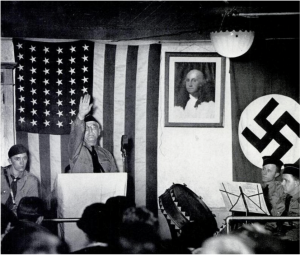


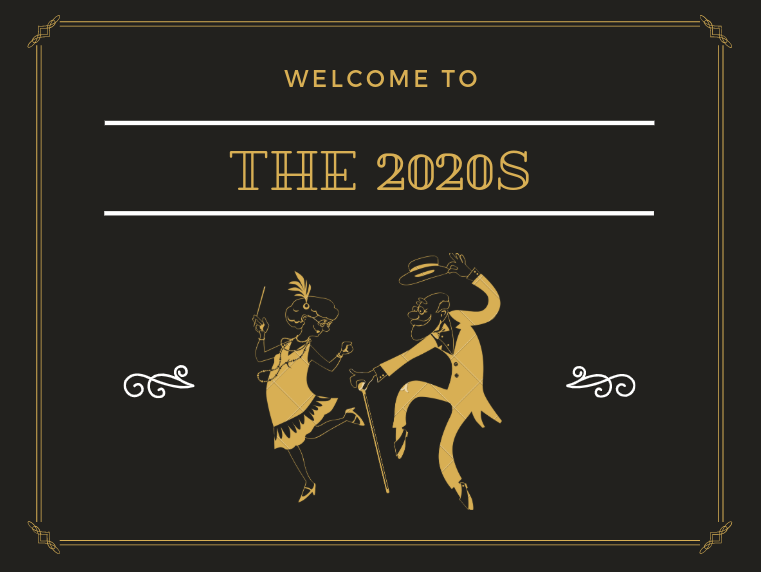
Amy Brindos • Dec 30, 2019 at 8:43 pm
You are an extremely talented writer and I am so proud of the young lady you are. ?